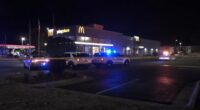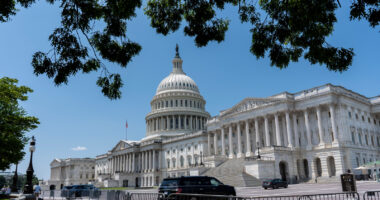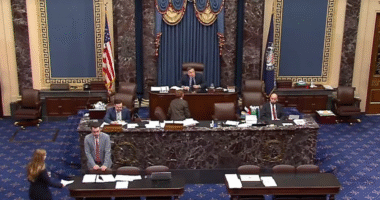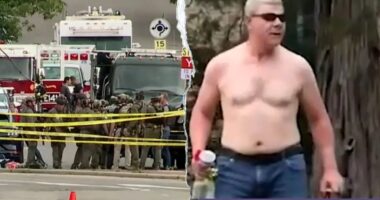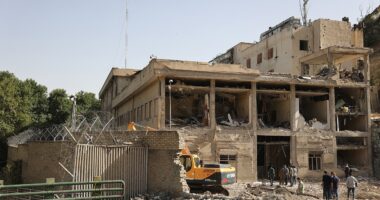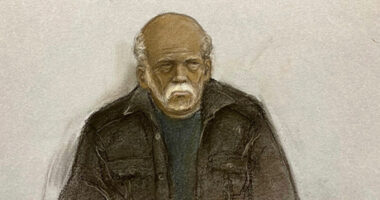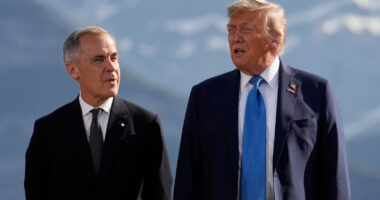Investigators, civilians, and rebels are searching through Sednaya Prison, hoping to find hidden compartments where detainees might still be held. Meanwhile, outside the prison walls, hundreds of families are eagerly awaiting news about their missing or disappeared loved ones, holding onto the hope of a long-awaited reunion. Sednaya, known as the infamous “human slaughterhouse” near Damascus, was a place where thousands of regime opponents were imprisoned, tortured, and killed from the early days of the 2011 uprising to the brutal years of civil war. Rebels captured footage as they entered Sednaya, nestled amidst serene hills in the north of Damascus, juxtaposed with a monastery and luxurious villas belonging to Syrian and Arab elites. This event took place in Syria on December 10, 2024, featuring a photo by Sandro BasiliAbaca/Sipa USA(Sipa via AP Images).
Investigators, civilians, and rebels are searching through Sednaya Prison, hoping to find hidden compartments where detainees might still be held. Meanwhile, outside the prison walls, hundreds of families are eagerly awaiting news about their missing or disappeared loved ones, holding onto the hope of a long-awaited reunion. Sednaya, known as the infamous “human slaughterhouse” near Damascus, was a place where thousands of regime opponents were imprisoned, tortured, and killed from the early days of the 2011 uprising to the brutal years of civil war. Rebels captured footage as they entered Sednaya, nestled amidst serene hills in the north of Damascus, juxtaposed with a monastery and luxurious villas belonging to Syrian and Arab elites. This event took place in Syria on December 10, 2024, featuring a photo by Sandro BasiliAbaca/Sipa USA(Sipa via AP Images).
The atrocities committed in Sednaya were part of a larger campaign by the Assad regime to eliminate its opposition in the most barbaric manner. Both Braude and Al Hendi stress the importance of accountability. Braude emphasizes the urgent need for truth and reconciliation, stating, “Acknowledging the suffering and understanding the full extent of the atrocities is crucial for Syria to start the healing process. Failing to do so may lead to perpetuating cycles of revenge.”
Following the collapse of the Assad regime earlier this month, Sednaya was liberated, and thousands of prisoners were set free. Al Hendi described the condition of the released prisoners as deeply traumatized, with many unable to recall even their own names. Having been incarcerated for an extended period, they were unaware of significant events, such as the death of Assad’s father, and remained under the impression that Assad still held power.
Robert Petit, the Head of the International, Impartial, and Independent Mechanism for Syria (IIIM), visited Damascus and observed the extensive documentation of the regime’s atrocities, noting in a press release the “chilling efficiency” with which these crimes had been systematized. He emphasized the urgent need to preserve this evidence, warning, “Time is running out. There is a small window of opportunity to secure these sites and the material they hold. Each day we fail to do so, we risk losing the chance for comprehensive accountability.”
The investigations into Sednaya and the mass graves have painted a horrific picture of the regime’s violence, but they also serve as a call for justice, Braude said. “The consequences of the Assad regime’s atrocities are profound. The key question now is how the population can move forward and rebuild, rather than descending into further civil conflict. There is a fear of cycles of vengeance, but true reconciliation can only come through truth and acknowledgment.”
He said that “99% of Syria’s prison guards belong to the Alawi community.” “We’re talking about half the young population of the Alawi sect, as most of them work in the army or secret police. The rebels have proposed a solution: Russia will surrender Assad and 100 top officials responsible for the atrocities. In return, rebels would offer amnesty to low-level perpetrators who were following orders. If Russia facilitates this, it could help prevent further violence and bring stability to Syria.”

